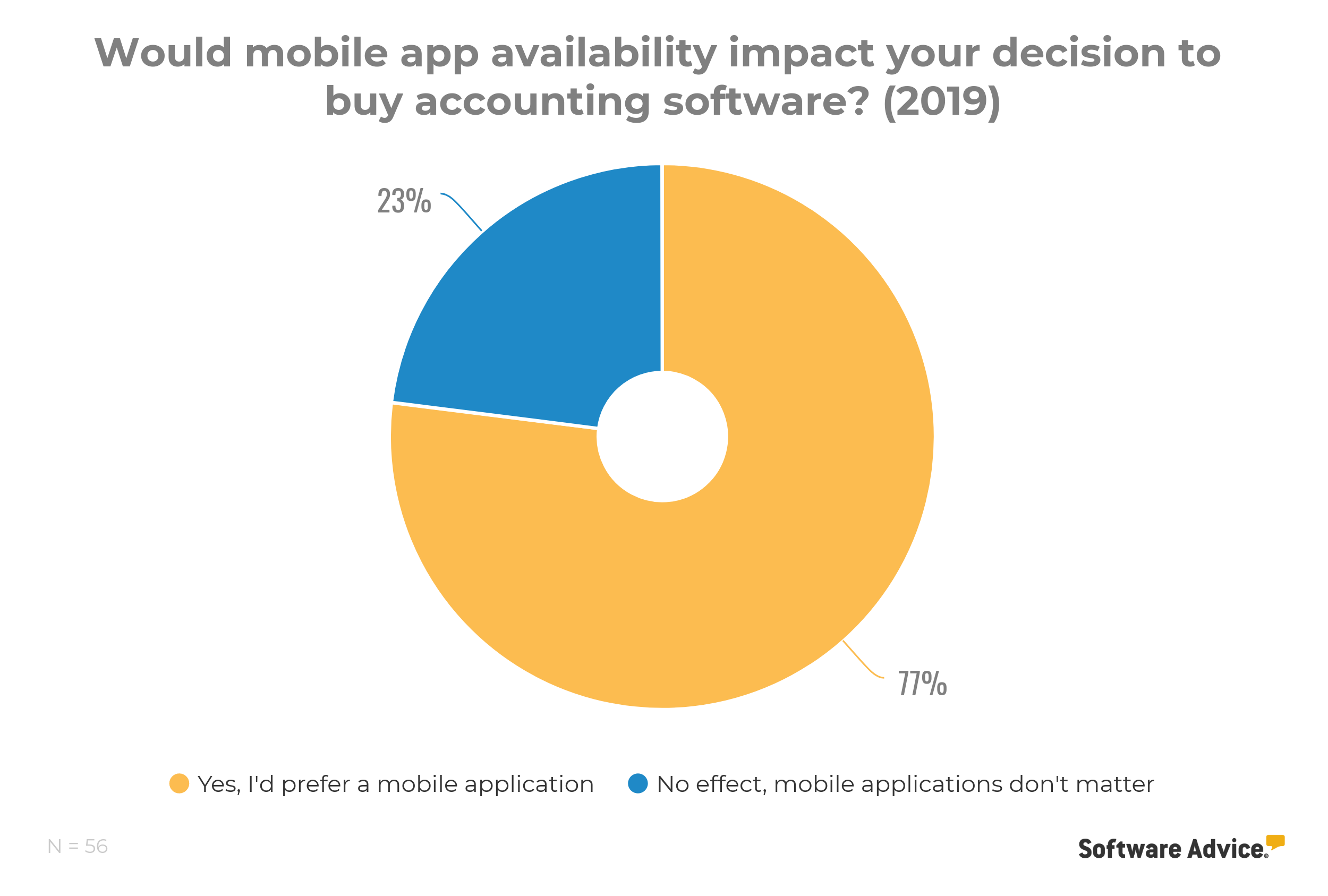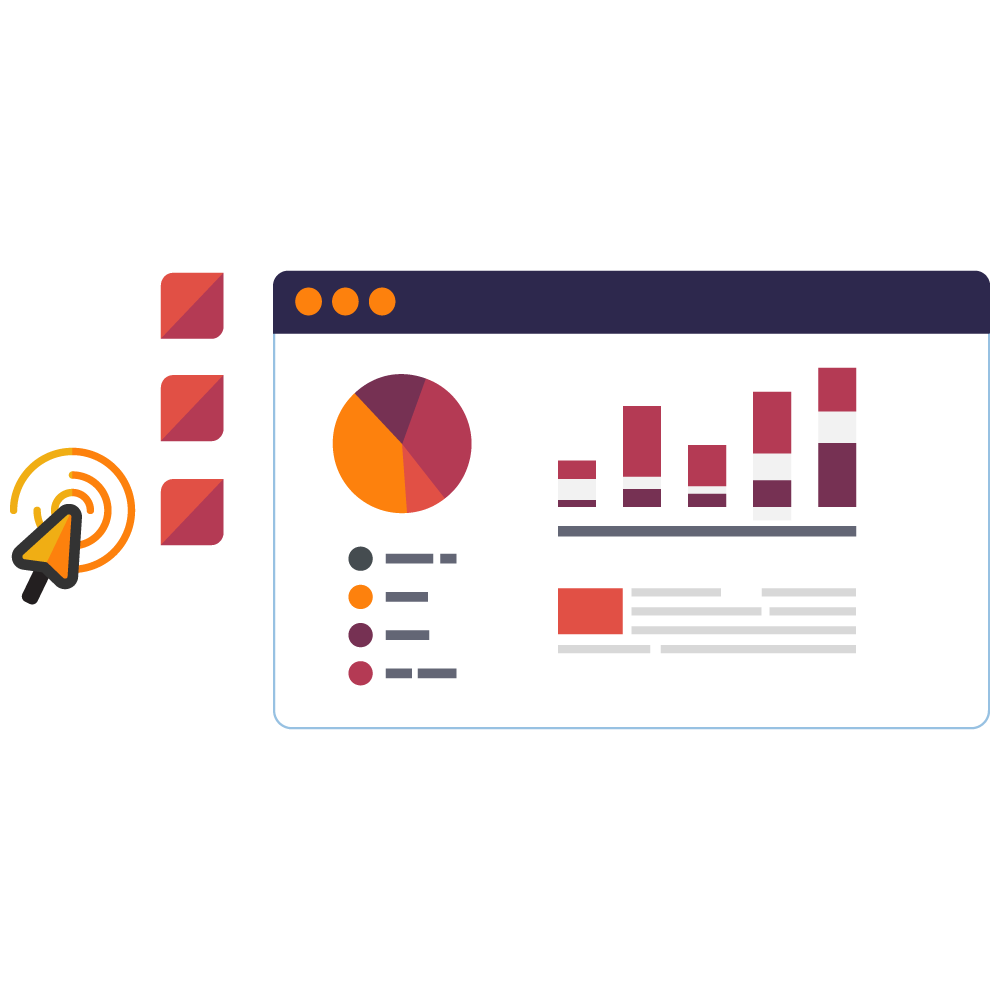3 Ways that Accounting Dashboards Can Benefit You—With 3 Software Examples
Accounting software dashboards visualize key performance indicators (KPIs) and provide a holistic view of business performance—thereby saving time, offering clarity, and improving decision making. But not all accounting dashboards are created equal; in fact, they come in many forms, often varying drastically from product to product.
To help those in the market for a new accounting system, we’ve identified three of the most common benefits of utilizing a dashboard, along with examples, that will prime your success today—and beyond.
Accounting software dashboards should be:
Organized and easy to navigate
Tech-driven and mobile friendly
Interactive and customizable
Let’s take a closer look at each of these characteristics—and a few accounting systems that embody them.
1. Organized and easy to navigate
The whole point of a dashboard is to bring the most important data to the forefront, making it easier to find the insights you need. In this vein, the best accounting software dashboards are devoid of all the clutter or extraneous detail that could slow down the process.
This not only includes a clean and easy-to-navigate interface, but also visual representations of data and trends over time. For example, monthly profit figures represented as a single dollar amount don’t provide any understanding of organizational health on their own. But with a graph that visualizes consecutive monthly profit numbers, you get instant insight into the directional trend over a longer time period.
2. Tech-driven and mobile friendly
Modern accounting dashboards are becoming increasingly reliant on technology, leveraging artificial intelligence (AI) and predictive analytics to forecast future business performance with unprecedented speed and accuracy. These new and emerging technologies are changing the market’s scope and range of functionality—and not only are vendors taking notice, buyers are too. According to a recent Software Advice survey, an overwhelming majority of respondents said they’d prefer an accounting solution with a corresponding mobile application.

Clearly, users value the ability to access their dashboards on the fly thanks to the rapid increase of cloud-based accounting software and their corresponding mobile solutions. Insight into your business’s financial performance has never been more accessible, and mobile accounting will only become more prevalent as these technologies continue to mature.
3. Interactive and customizable
No two businesses are the same. Likewise, the KPIs used to evaluate performance will differ among organizations. Many accounting dashboards offer the freedom to include only the metrics that matter most, while excluding less essential information. The removal of extraneous data will condense your dashboard down to the essence of your business and reduce the amount of time it takes to analyze performance.
Another important feature is the ability to filter information and drill down into varying data sets. This could be anything from narrowing a search to department-specific KPIs to altering the analyzed time frame (e.g., going from a three-month overview to a year-over-year overview). The more interactive and customizable your dashboard is, the more relevant and consequential your insights will be.
3 accounting dashboard examples from user-approved systems
Sure, those all sound great in theory. But what do they look like in practice?
To find out, we analyzed thousands of Software Advice user reviews to determine the three highest-rated accounting systems over the last two years (minimum 20 reviews) and assessed the dashboard functionality in each. Take a look at our findings in the PDF below.

3 Accounting Dashboard
Examples from User-Approved Systems
Download this PDF for a brief overview of what each top-rated accounting system brings to the table.